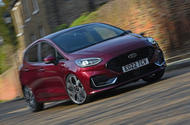The Fiesta is available with a raft of engines, with outputs from 69bhp to 197bhp
It may be singing its last verse, but this fun-to-drive, do-it-all supermini still has a lot to shout about
The Ford Fiesta is being laid to rest but it’s going out on a high. This final generation of the long and loved line is a peach: great to drive, refined and practical.
It’s also a really good buy as a used car, which is handy because that’s more or less your only way to get one now.
There’s plenty of choice – not just in the sheer numbers on sale but also in the breadth of the model range. Take the engine line-up. The petrols include a 1.1-litre with 69bhp and 84bhp and a turbocharged 1.0-litre three-cylinder Ecoboost in 94bhp, 99bhp, 123bhp and 138bhp states of tune.
There’s also a 1.5-litre diesel with 84bhp or 118bhp, which was withdrawn from sale in 2020. Later models incorporate mild-hybrid technology in 1.0 Ecoboost 125 and 155 versions.
You can even have your seventh-generation Fiesta as a raised-up SUV called the Active, or as an impressively agile 197bhp ST hot hatch.
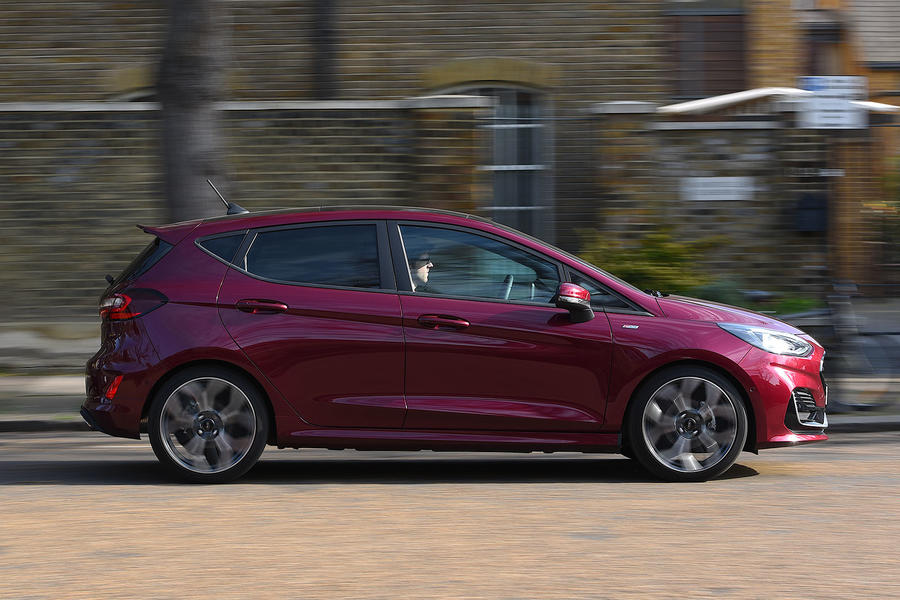
Trim choices are equally all-encompassing. Entry-level Style models have air-con and electric front windows, while Zetec adds 16in alloy wheels and a heated windscreen.
You also get an 8.0in touchscreen infotainment system, with Apple CarPlay and Android Auto, with Zetec and above. Titanium brings cruise control, automatic lights and wipers, and climate control, while B&O Titanium (there’s also a B&O Zetec) has an upgraded 10-speaker 675W sound system.
Titanium X gets the B&O sound system as standard along with heated front seats. ST-Line and ST-Line X gain sportier exterior and interior styling and firmer suspension.
ST-Line otherwise has the same equipment as Zetec, while ST-Line X is based on Titanium. Top-of-the-range Vignale has leather seats, a panoramic glass roof, rear parking sensors and a reversing camera.
But it’s the way it drives that sets the Fiesta apart. The 1.1 petrols and 1.5 diesels are pleasant enough but the 1.0 Ecoboost is the star. It’s punchy and refined and beguiling in any of its power outputs.
Few superminis are more enjoyable to chuck around on a twisty B-road, too. The steering is precise and well weighted, grip is plentiful and the car has good poise. To top it all off, the ride is beautifully judged, both in town and on motorways, even with the firmer ST-Line models.
Suspension noise is well suppressed too, giving the Fiesta a sense of solidity and big-car refinement.
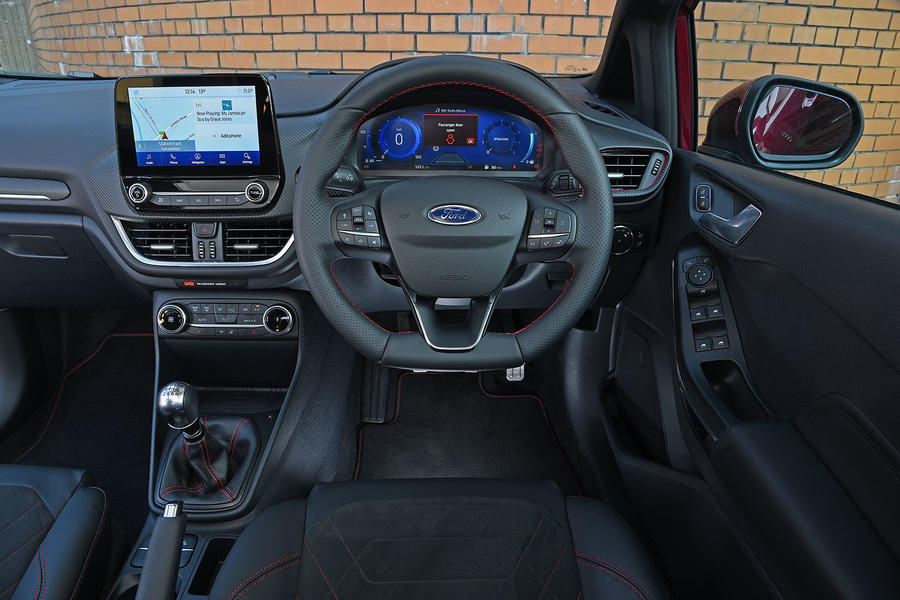
Inside, the areas you touch frequently all feel fairly upmarket and the Fiesta uses soft-touch material on parts of its dashboard, although overall it doesn’t feel quite as solidly screwed together as the Seat Ibiza or Volkswagen Polo.
Still, it has plenty of room up front and a widely adjustable driving position. Two people of average height will be comfortable in the rear, but three in the back is more of an option for shorter journeys. Most models have a backrest that folds with a 60/40 split and the reasonably sized boot is relatively easy to access.
Buyer Beware
Diesel filter: The 1.5-litre diesel engine is fitted with a diesel particulate filter, which can clog up if the car is used mostly for short journeys.
Recall issues: Recalls have been issued for potential problems relating to: the steering column on some 2019 Fiestas; the bolts on the rear seatbelt retractors of a small number of 2019 cars; the brake servo on some 2017 examples.
Reliability: In the most recent What Car? Reliability Survey, the Fiesta finished 28th out of 28 cars in the small car class. The fault rate was relatively high, at 31%, and many of the wide-ranging issues reported were serious. These put a third of the afflicted cars out of action for more than a week, and 30% of them couldn’t be driven. On the bright side, 90% of the work was completed for free and none of the bills exceeded £300.
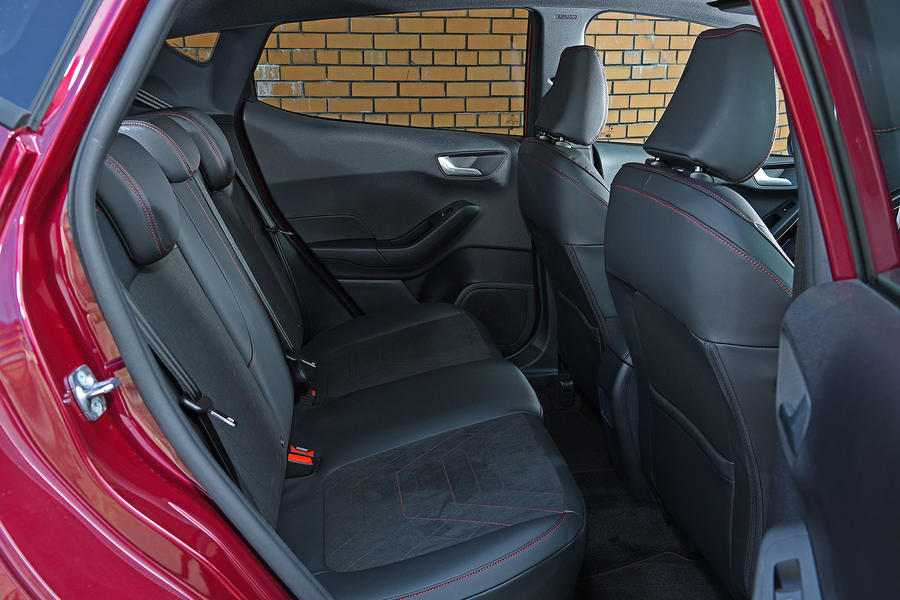
Our top spec
Titanium: Two reasons for picking this trim. One, it comes with goodies such as ambient interior lighting, rear parking sensors, an automatically dimming rear-view mirror and a built-in sat-nav. And two, it’s good value.
Need to know
You’ll need £6000 for an early high-miler and £7000 for average mileage. Spend £8000 or more on 2018 cars, £9500-£12,000 on a 2019 example, £12,000-£15,000 on one from 2020, £13,000-£18,000 on one from 2021 and upwards of that for a 2022 Fiesta.
Both 1.1-litre petrols have 48.7mpg combined WLTP. The 1.0-litre Ecoboost engines span 42.8mpg to 50.4mpg. Of the 1.5 diesels, the 84bhp one averages 60.1mpg and the 118bhp 57.6mpg.
Our pick

1.0 100 Ecoboost: Our favourite is the three-cylinder 999cc engine, and of the four versions on offer we would go for the 99bhp version because it’s fast enough at motorway speeds and is also pretty economical.
Wild card
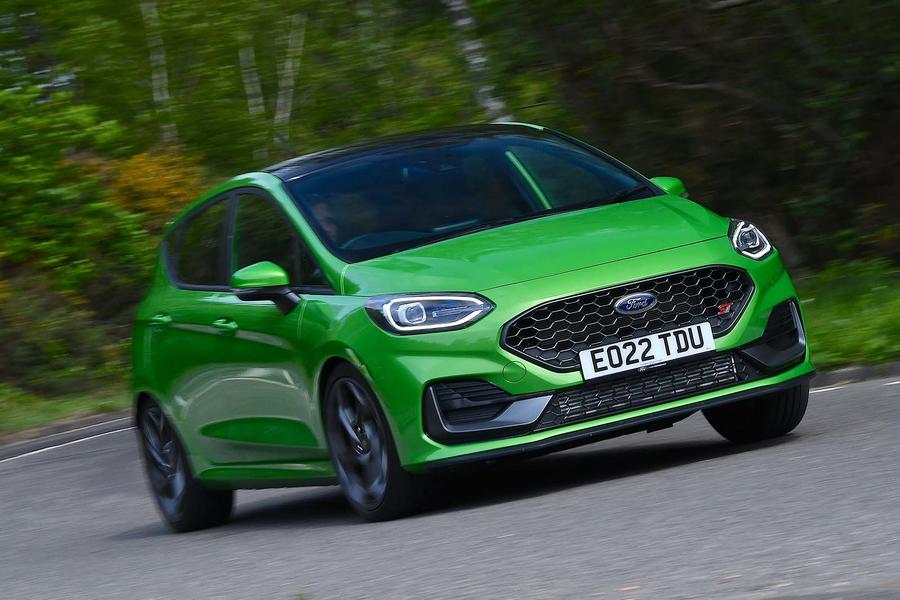
Fiesta ST: For not too much more outlay, you can get a 197bhp buzz from this super-darty hot hatch. It’s eager and engaging, with a balanced chassis and three-cylinder thrum. Oh, and 0-62mph in 6.6sec.
Source: Autocar
